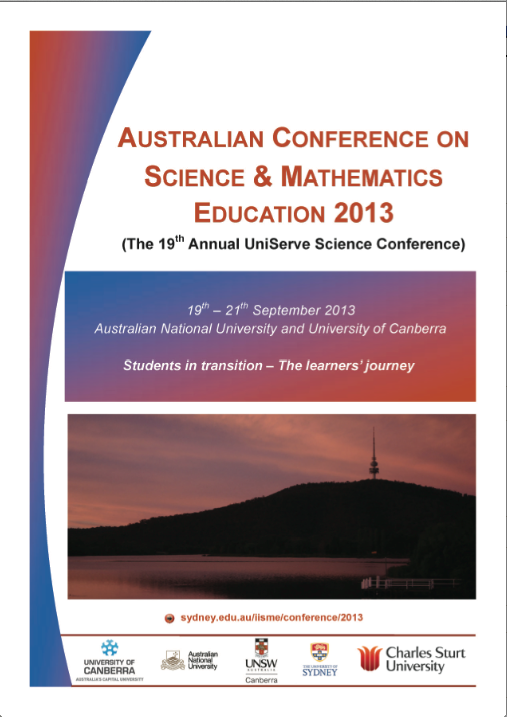Teaching methods: Where do they fit in? A study into the teaching laboratory
Abstract
The work presented in this study is on-going as part of a PhD project investigating the differences between different teaching methods used within the chemistry-teaching laboratory. Implementation has so far been undertaken at a first-year level using a range of teaching methods for laboratory-based experiments in three units offered by the School of Chemistry, at the University of Tasmania. Investigation into the effects of these teaching methods at higher years of study is being implemented in 2013. Quantitative data has been collected and analysed for the first-year experiments through student-completed quizzes for understanding, student completed surveys, and assessment of practical skills and results within the laboratory. Preliminary results indicate that the effectiveness of the teaching methods differ between types of experiments in areas such as workload, student engagement, and student grades. Qualitative data collection will occur at the higher years of study through an in-depth survey completed by students, assessment of student completed experiments and respective reports, and a focus group session to probe student perceptions of the laboratory. This project intends to not only improve the student experience in the chemistry laboratories currently used at the University of Tasmania, but also provide insight into which teaching methods are more appropriate for each experiment.Downloads
Published
2013-09-23
Issue
Section
Abstracts
